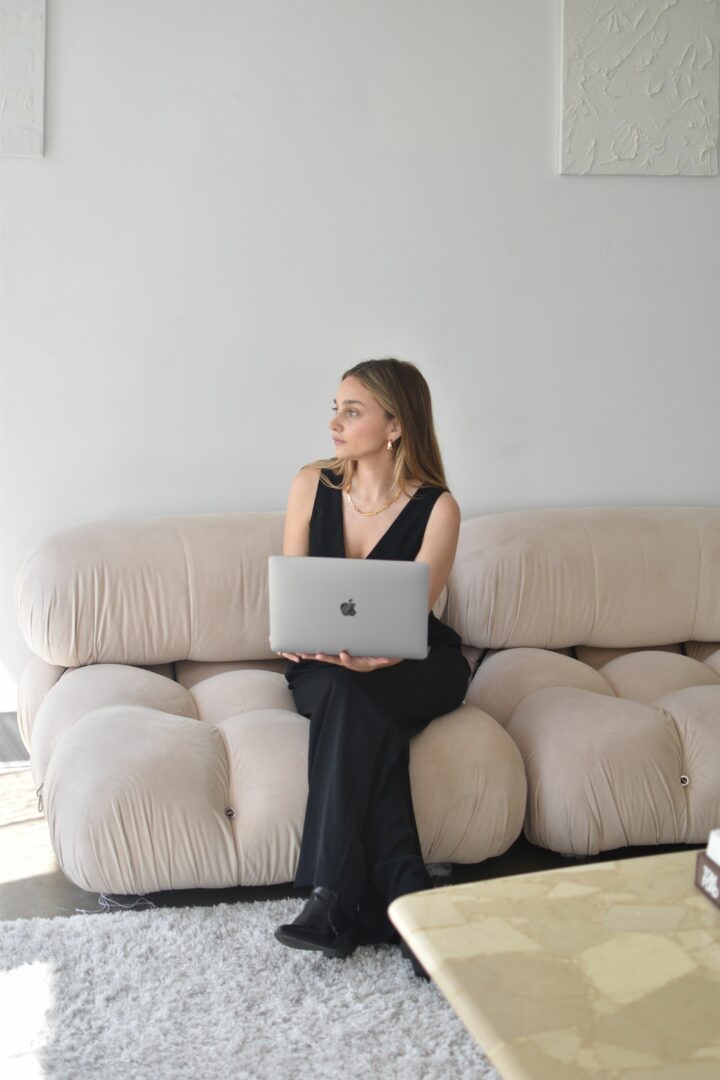Alright – so today we’ve got the honor of introducing you to Melissa Soto. We think you’ll enjoy our conversation, we’ve shared it below.
Hi Melissa, appreciate you sitting with us today to share your wisdom with our readers. So, let’s start with resilience – where do you get your resilience from?
My journey in fashion has been anything but linear. Like the industry itself, I’ve had to navigate cycles of change, unpredictability, and even moments of complete standstill. When the pandemic hit, fashion, like many creative industries, faced uncertainty—brands scaled back, trends shifted, and consumer priorities evolved overnight. But resilience, I’ve learned, comes from the ability to adapt while staying true to the heart of why I create.
For me, fashion has always been about more than just aesthetics. It’s about connection—telling a story, evoking a feeling, and offering something meaningful to the person wearing it. In times of uncertainty, I found resilience by putting my art in service of others. I leaned into creating pieces that sparked joy, like graphic tees with positive messages—reminders of optimism, nostalgia, or simple pleasures. Seeing how something as small as a t-shirt could uplift someone’s day reinforced my belief that fashion isn’t just about trends, but about emotion and human experience.
The industry will always fluctuate—economies shift, consumer habits change, and creative directions evolve. But resilience, to me, is about staying grounded in the why behind the work. It’s about using creativity as a tool for impact, whether that’s making someone smile through a design, adapting to new challenges, or embracing reinvention when necessary.
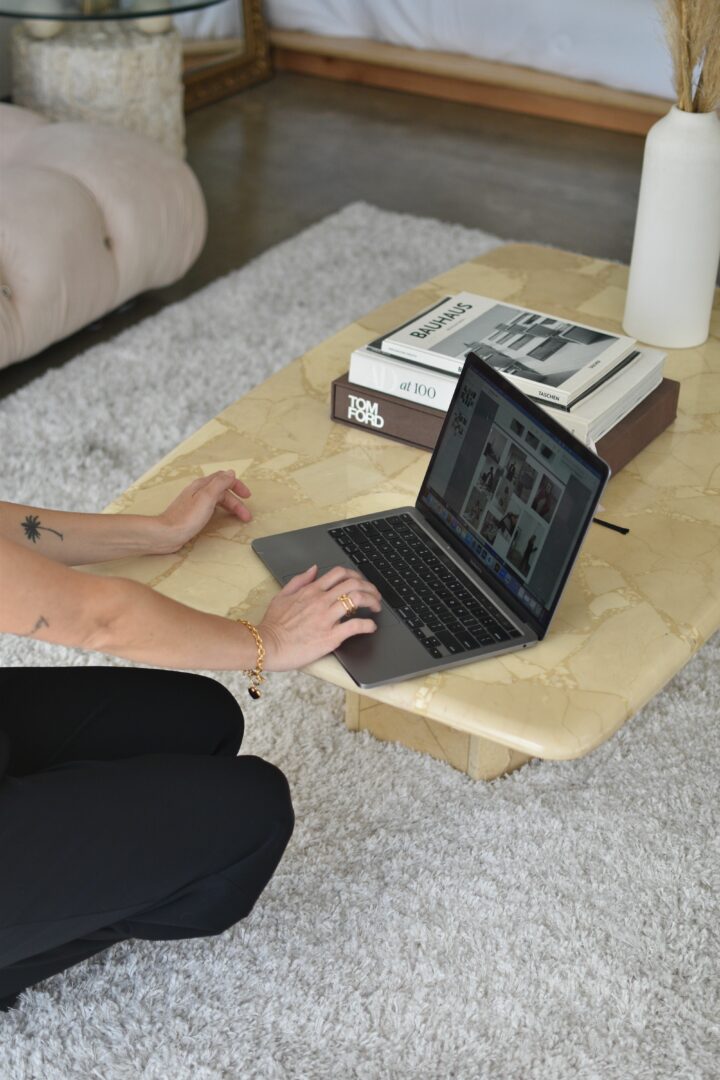
Great, so let’s take a few minutes and cover your story. What should folks know about you and what you do?
I specialize in fashion design, specifically within the graphic apparel space, where I create designs that blend storytelling, emotion, and culture into wearable pieces. My work has been sold at Urban Outfitters, Anthropologie, Free People, American Eagle, Revolve, and more, bringing unique and expressive graphics to a wide audience.
What excites me most about this work is the ability to translate art into something tangible—pieces that people connect with, that become part of their everyday lives. Graphic apparel has this incredible way of carrying meaning, whether it’s nostalgia, empowerment, or just a simple reminder to have fun with fashion.
Right now, one of the projects I’m working on is a limited-edition t-shirt with the slogan “Stay Golden Los Angeles.” 100% of the proceeds will be donated to the SoCal Fire Fund to support victims affected by the recent LA fires. It’s something I feel strongly about—using design as a way to give back and bring awareness to important causes.
At its core, my work is about more than just making clothing—it’s about creating connection through design, whether that’s through a tee that makes someone smile, a piece that carries a message, or a project that gives back to the community. I’m always looking for ways to push that forward, and I’m excited to keep bringing meaningful designs to life.
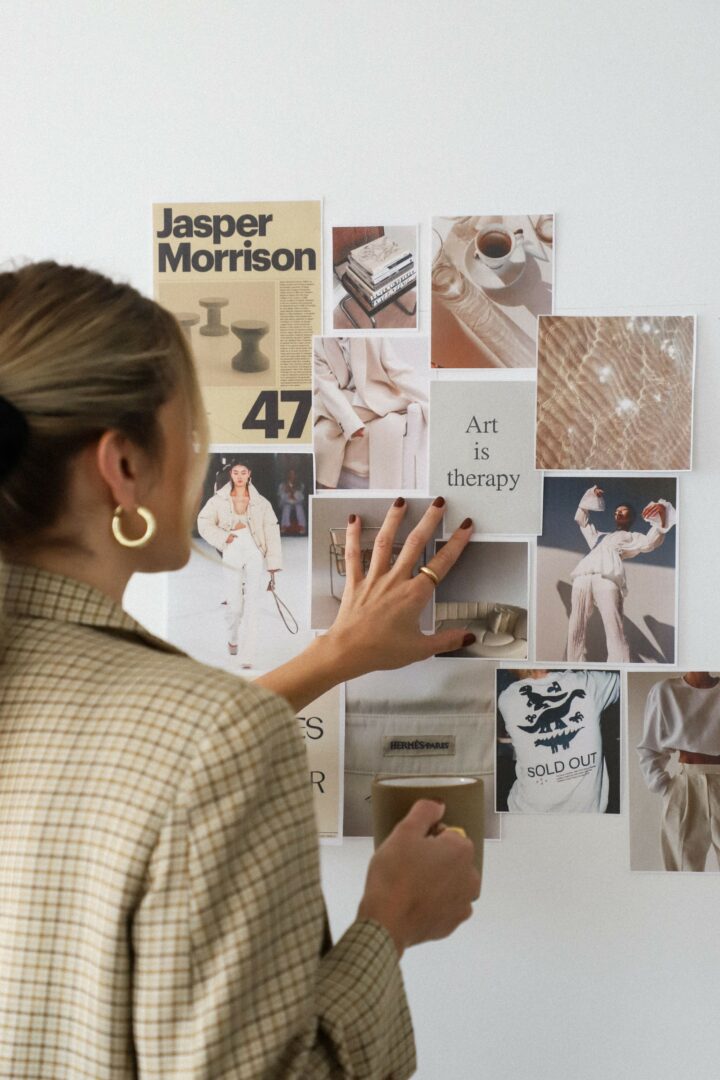
Looking back, what do you think were the three qualities, skills, or areas of knowledge that were most impactful in your journey? What advice do you have for folks who are early in their journey in terms of how they can best develop or improve on these?
One of the most important areas of knowledge in my journey has been understanding fabrics, tech packs, ink techniques, and color. Knowing how different fabrics interact with ink and how to communicate designs effectively through tech packs ensures that the final product looks and feels right. My advice for beginners: learn the technical side of apparel early—it will make a huge difference in execution.
Mastering Adobe Suite and developing both digital and hand-drawn skills has also been essential. While software is a powerful tool, being able to sketch by hand adds a level of creativity and originality. I recommend getting comfortable with industry-standard programs but also refining your artistic eye beyond the screen.
Lastly, proactivity and curiosity have been key. You can’t ask someone to do something if you don’t understand it yourself, and if you don’t know something, go learn it. The ability to take initiative, ask questions, and continuously improve is what separates those who grow in this industry from those who stay stagnant.
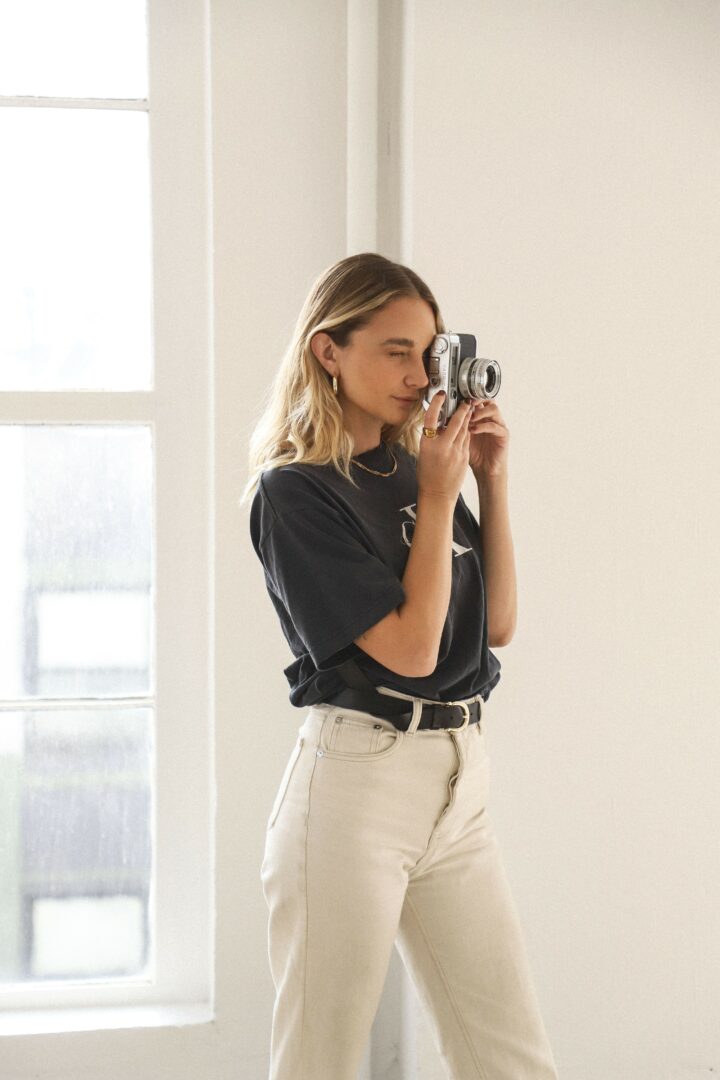
Tell us what your ideal client would be like?
My ideal client is anyone passionate about creative apparel—whether it’s an emerging brand, an established company, or an individual looking to bring a vision to life. I love working with women entrepreneurs, especially those building something unique and personal. I’m also drawn to projects with a cause, where design can serve a bigger purpose, like raising awareness or giving back. And of course, collaborating with apparel brands I admire is always exciting—working with teams that value thoughtful, well-crafted graphics and storytelling in fashion makes the process even more rewarding.
Contact Info:
- Website: https://www.soto-melissa.com
- Instagram: https://www.instagram.com/_melisoto/
- Linkedin: https://www.linkedin.com/in/melisasoto/
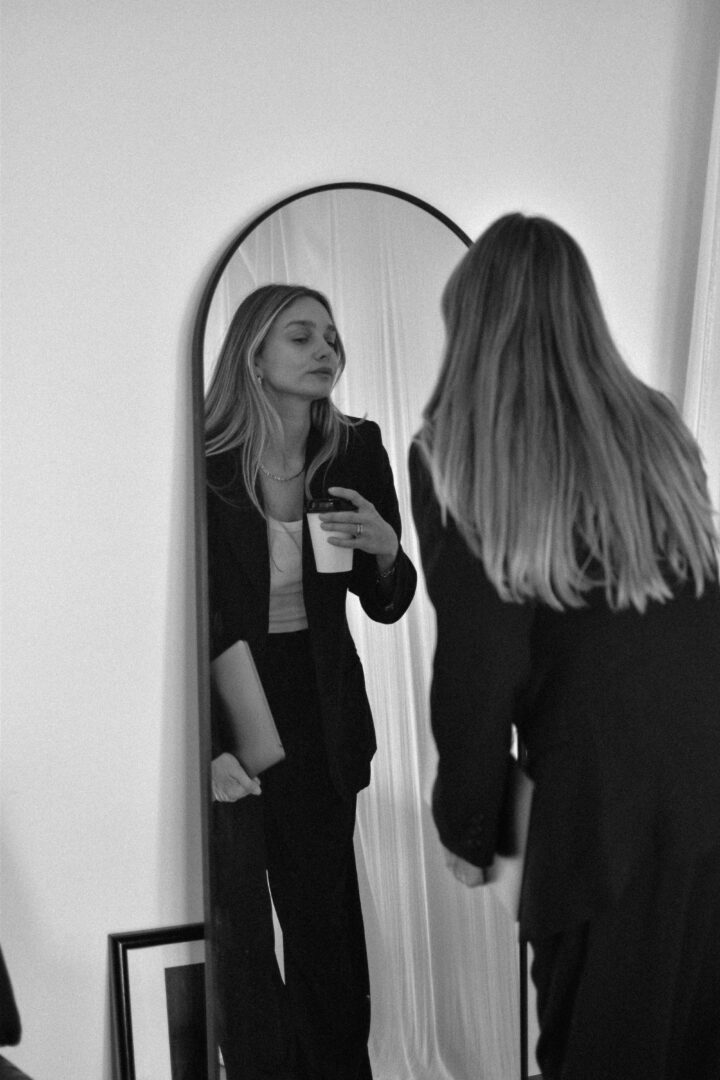
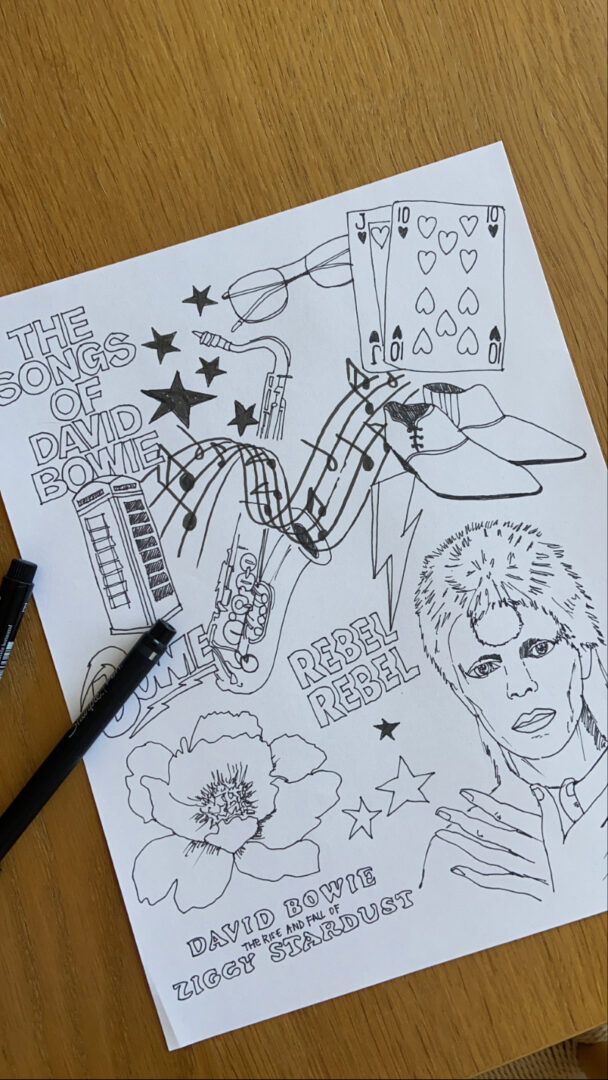
Image Credits
Heather Loegering
so if you or someone you know deserves recognition please let us know here.

